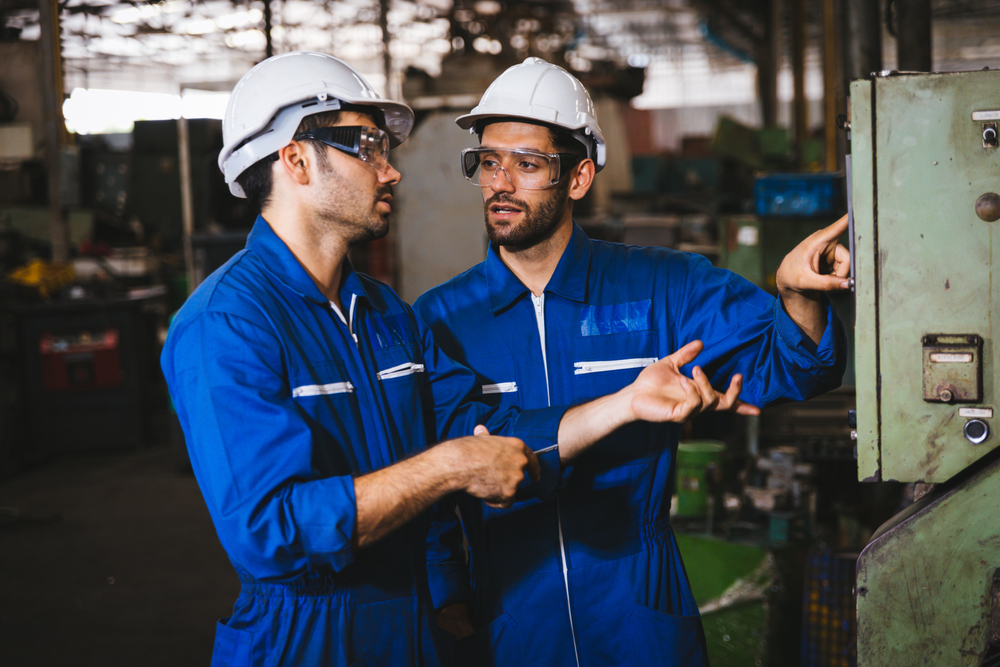Having a thorough knowledge of the lower explosive limits (LEL) of flammable gases is crucial when it comes to safeguarding your facility. Get the answers to your top LEL gas questions with the following review from our gas detection experts.
LEL is a common acronym used in gas detection, but do you know what it means? Get all of the answers to your LEL gas questions here.
Understanding LEL Gas & LEL Gas Detectors
Combustible gases like methane, butane, hydrogen, and carbon monoxide pose a safety risk to both workers and environments if not properly monitored. One way to guard against the risk of explosion or fire is to have an LEL gas detector calibrated to the specific gas in the vicinity. If you are unfamiliar with LEL gas detection and how it affects your safety program, get answers from our most frequently asked LEL gas questions.
1) What does LEL stand for?
LEL is short for the lower explosive limit of a specific combustible gas. To put it simply, it is the lowest concentration of a specific gas that it would take for that gas to ignite under the right conditions. Alternatively, the upper explosive limit (UEL) of a specific gas is the maximum amount of gas in the air that it would take to burn. If a specific gas goes over the UEL range, it is considered too rich to burn and will not combust due to a lack of oxygen
2) How is the LEL of gas measured?
The LEL of a gas is measured as a percentage of volume. If you’re using an LEL gas detector, the display will show a 0-100% LEL readout. For example, hydrogen gas has an LEL of 4% by volume in the air. When the volume of hydrogen gas has reached the point of 2% by volume, then the detector will read 50% LEL. If the amount of hydrogen gas continues to rise to 4% by volume, the gas detector will reach 100% LEL.
3) What are safe LEL levels?
While it depends on the target gas that you’re monitoring in your environment, most LEL gas detectors are configured to signal an alarm between 10-20% LEL. It’s best to set alarm points as conservatively as possible to allow enough response time to make necessary decisions to mitigate potential problems.
4) How do LEL sensors work?
One of the most common types of LEL gas sensors is a catalytic bead sensor. It monitors gas concentrations through a process known as catalytic oxidation. By heating up combustible gases through an active bead, the gases create a higher temperature on the bead. This increase in temperature is then compared against a reference bead which does not change in temperature. Depending on the specific gases in the atmosphere, the gas detector, which is configured with a catalytic bead sensor, will increase signal output, activate relays, and/or send digital information.
5) What features should an LEL gas detector have?
When it comes to choosing an LEL detector for your facility, there are two considerations to keep in mind.
- Is it reliable for your application? – The detector needs to be designed to the highest standard of operation. The detector has to offer peace of mind that it will perform and the facility will be protected. The detector needs to detect the target gas(es) all the time, even in the harshest environments.
- Will it save time and money for the user?? – Detector operation and reliability is one thing however useful features are just as important. Gas detectors should provide sensor life indication, data-logging, and lower the total cost of ownership.
A Reliable Way to Monitor LEL Levels
GDS Corp is proud to offer a number of different LEL gas detectors that can be configured for a range of gases. It is our goal to provide you with the equipment necessary to keep your employees and equipment safe.
Get in touch with us to design a customized solution for safeguarding your environment.

